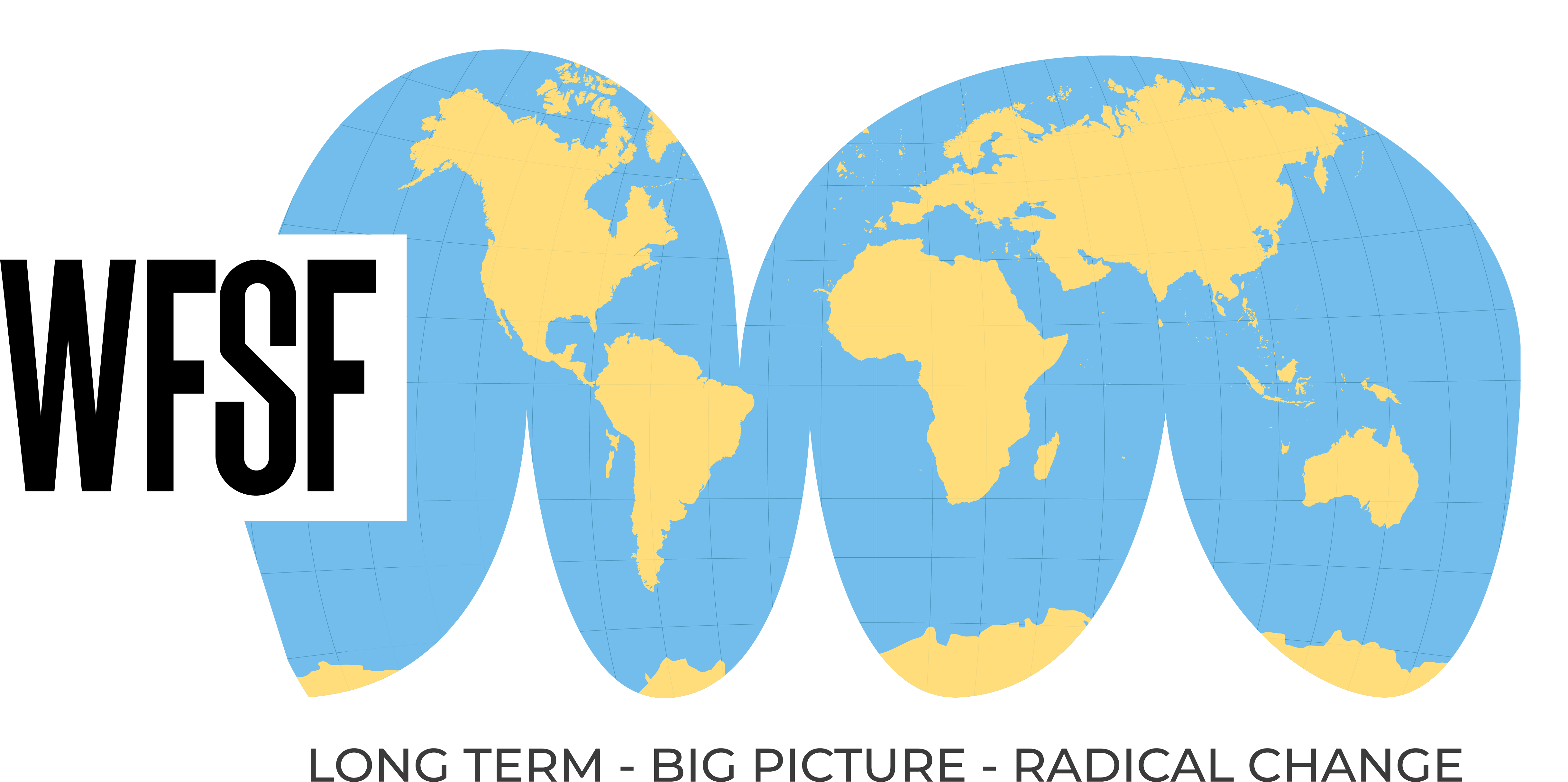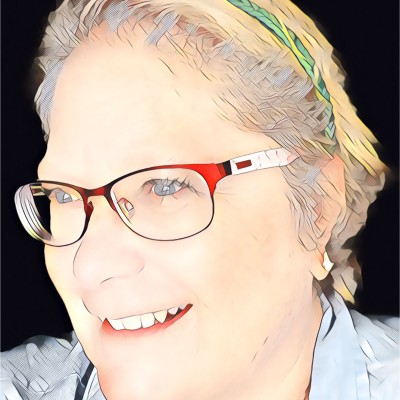24th World Conference

Futures Archetypes as Strange Attractors: Diversity, Chaos, Adaptation, Innovation, Hope
In an earlier presentation to the Global Foresight Summit, I explored the need for futures research to acknowledge the inherent messiness of change and human adaptability by reframing the futures cone as turbulent rapids of pasts, presents, and futures – a field of stable flows broken up with whirlpools and eddies of chaotic change: a multiplicity of phase spaces and chaotic attractors. Consciousness kayaks along these rapids with a variety of sensemaking tools, including narratives and constructs depicting possible futures. Those possible futures are often expressed within cultures as futures archetypes, commonly held stories, images, and beliefs about potential futures.
This paper / presentation will explore how this reframed model of the futures cone connects with postnormal times theory, and its attempt to analyze moments of turbulent transition, teetering on the cusp between our old comforts and discomforts and the abyss of turbulent transformation, between ‘the no longer and the not yet.’ Postnormal times (PNT) are characterized by a context “in which ‘facts are uncertain, values in dispute, stakes high and decisions urgent’” [Funtowicz and Ravetz, 1993].
The ‘chaos turtles’ futures cone models an interplay between the chaotic change typical of PNT and human adaptive responses. One of those responses is the anticipatory exploration of alternative futures, as narratives, images, artefacts, soundscapes, and experiences. These futures archetypes act as attractors that can potentially align actions, which may either bridge turbulence to stability, or amplify turbulence. Expanding the diversity of futures archetypes arguably expands the possibility of opening up more potential for bridges to stability. Mapping how the dance of anticipatory imagination expressed as potential futures opens paths to new stability presents one model of how the no-longer-normal and postnormal might evolve into Sardar’s transnormal, the time and space beyond postnormal times.

